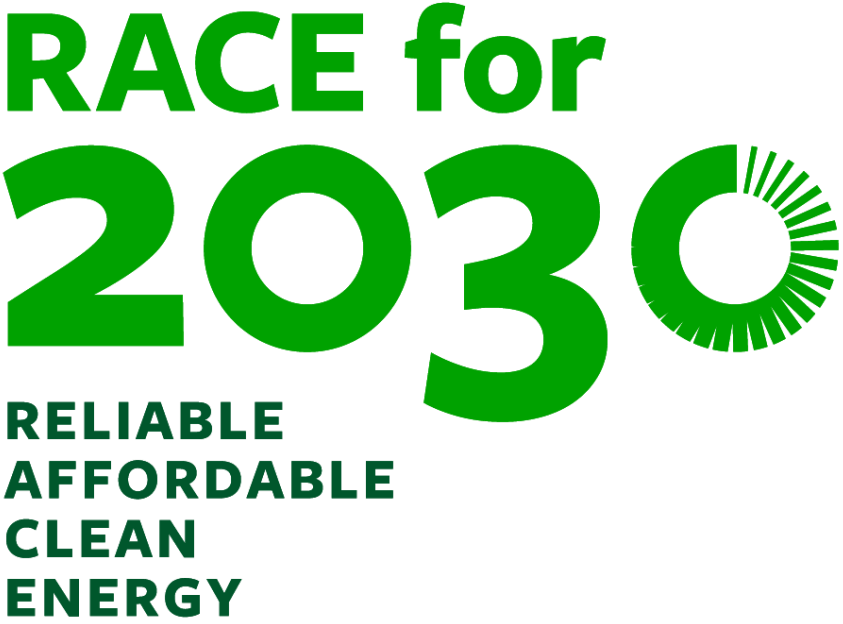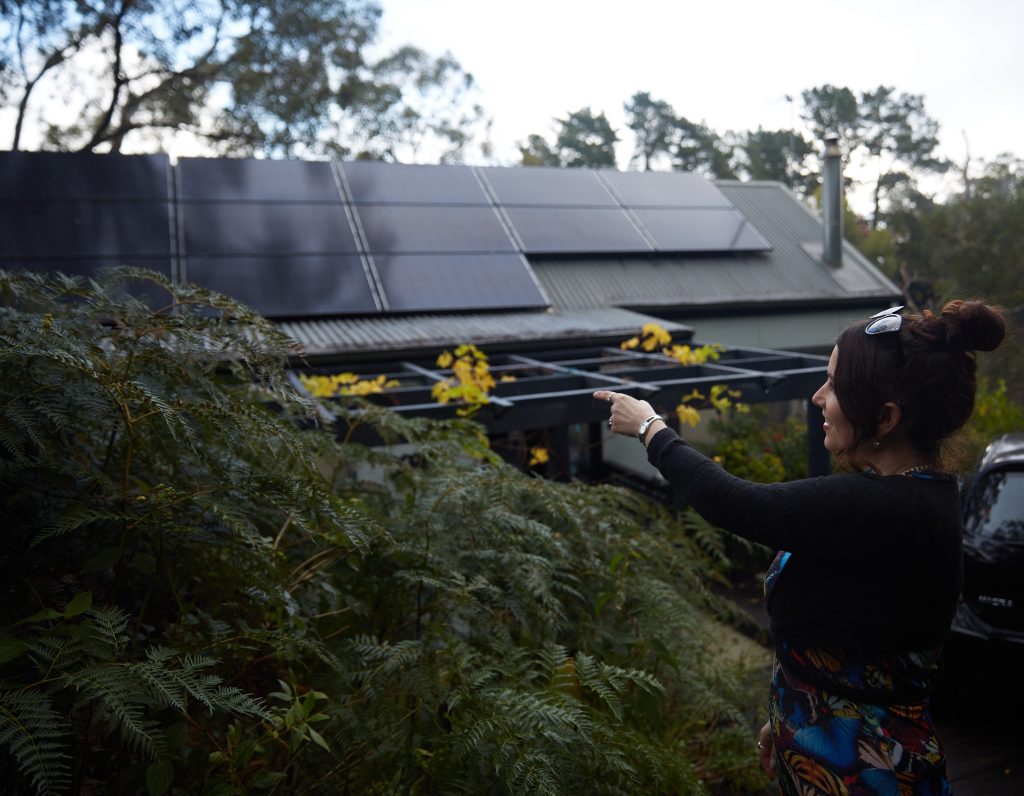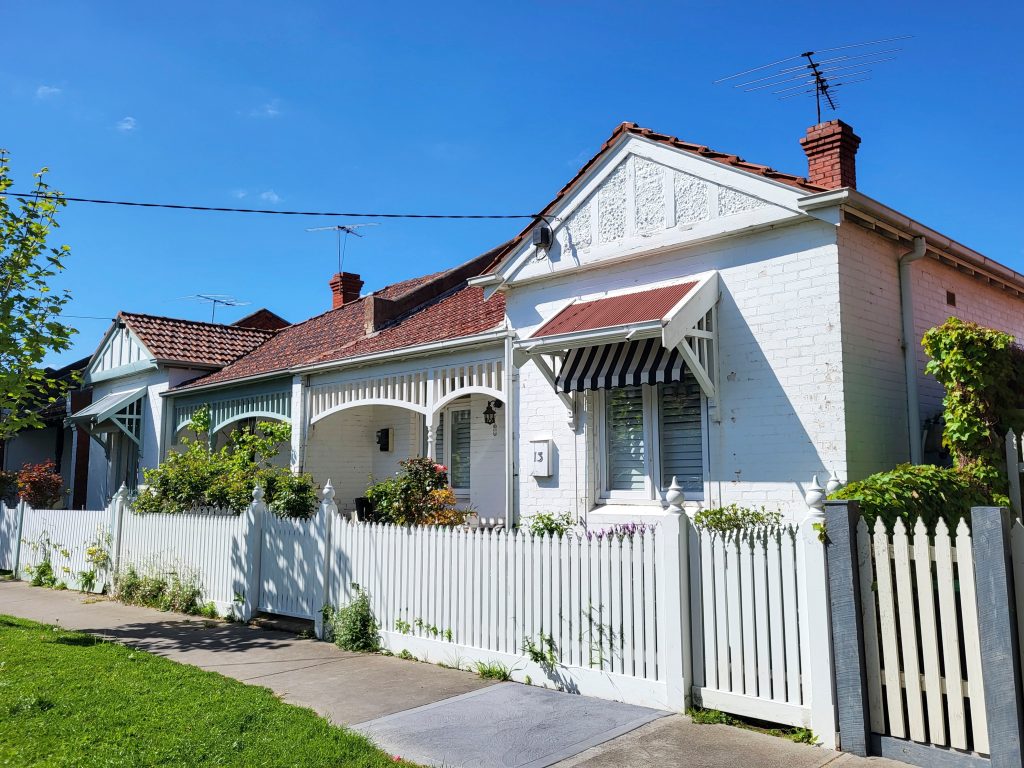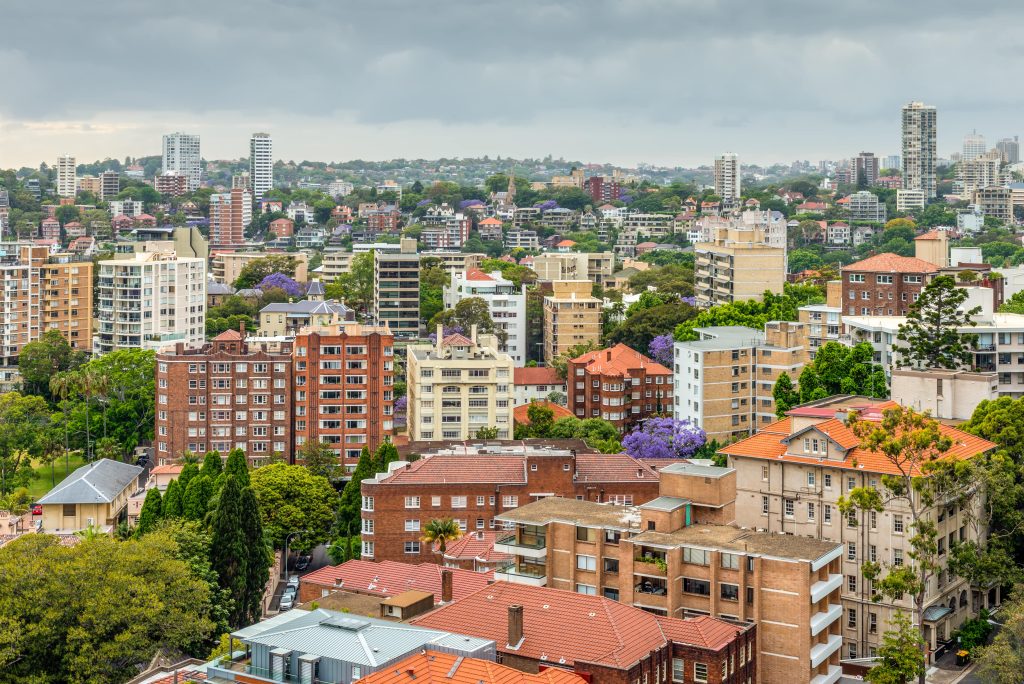Chief Investigators
Prof. Priya Rajagopalan (RMIT)
Purpose of project
The energy used in residential buildings is responsible for around 25% of carbon emissions in Australia. In particular, heating and/or cooling account for a major portion of residential building energy consumption, and thus emissions (20 – 50% primarily depending on climate zone and building type).
However, due to the relatively hidden nature of energy performance and general ignorance of its importance with regard to emissions, bills and indoor comfort levels, improving the thermal performance of a home is usually considered a lower order priority for homeowners and buyers. Given the nature of climate change and the associated risks and impacts of more frequent extreme weather events, the need to increase the thermal efficiency of homes, and subsequently improve liveability and lower carbon emissions and energy bills, is becoming extremely important.
This Opportunity Assessment has examined and reviewed issues and challenges related to home thermal efficiency improvements. It presents insightful findings and prioritises opportunities for additional research to positively our ability to improve home thermal performance
Impact of project
This project investigates technologies and policy instruments to improve the thermal efficiency of homes in Australia – both existing housing stock and new dwellings. The researchers started by being cognisant that a single, one-size-fits-all approach would be inappropriate due to the diversity of housing stock across climatic zones and building styles in Australia.
It also only researched energy efficiency and thermal requirements of existing housing stock (those homes constructed before the introduction of performance star ratings for new homes) as these are the most in need up upgrades to enhance thermal comfort, lower energy bills and reduce carbon emissions.
It referenced many national and international reports, findings and projects, including a 2022 survey undertaken for Energy Consumers Australia (ECA) which found that the average existing home in Australia built prior to the introduction of star ratings for new homes in 2008, was around 1.5 -1.8 stars
Specifically, in section 8 of Enhancing home thermal efficiency, the research lists substantial barriers that need to be overcome before large-scale implementation will be possible. These are categorised as:
- technology barriers (including lack of awareness, high upfront costs, incentivising regulations)
- capacity building (for instance, under-estimation of benefits of energy efficiency upgrades resulting in under-performing buildings)
- occupant barriers (lack of awareness, bounded rationality in decision-making etc.)
- R&D constraints
- policy and regulation barriers and
- market and financing inhibitors.
As a result, the report recommends significant research priorities and industry development opportunities (section 9). To assist homeowners to progress and complete a retrofitting journey, one of the key findings and recommendations was for transforming market delivery from multiple vendors, each offering one type of product to ‘a one-stop shop’ model, offering all the services required for a complete home energy upgrade. By managing home energy upgrades from start to finish and delivering a smooth customer journey has been shown to achieve a better overall outcome and higher uptake of home energy upgrades.
Project partners – industry and research
RMIT (Lead), Climate-KIC Australia, CSIRO, DEECA (VIC), Housing Industry Association, NSW DCCEEW
Published Report
Status
- Completed
Opportunity Assessment
- Completed
Project Leaders
- Priya Rajagopalan, RMIT
Completion Date
May 2022
Project Code
0199







